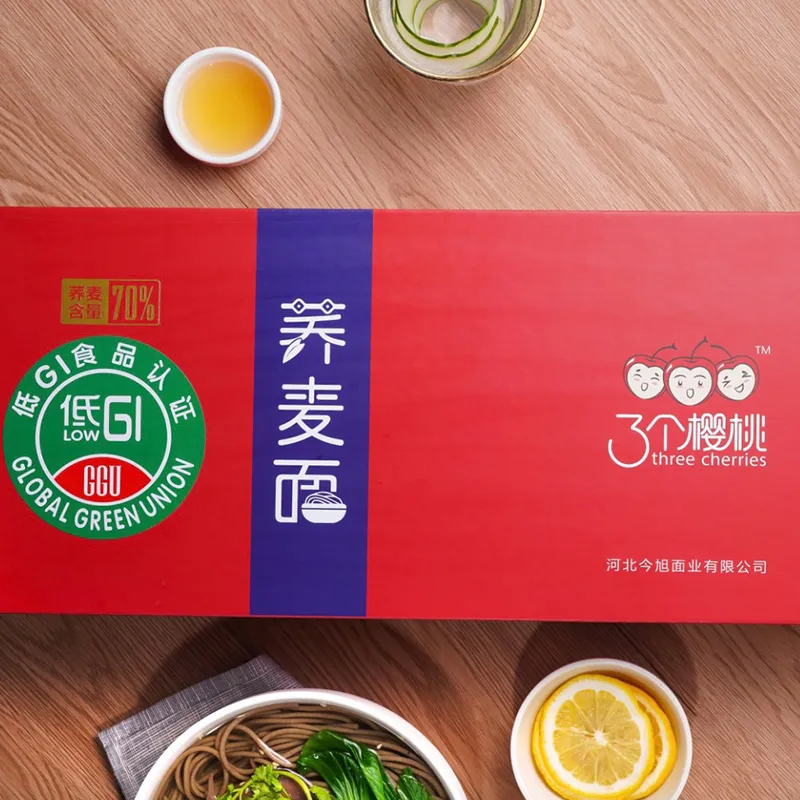Health Benefits of Buckwheat Noodles in Japanese Cuisine and Beyond
The Delight of Japanese Noodles Buckwheat Soba
When it comes to Japanese cuisine, one cannot overlook the charm and versatility of different types of noodles. Among them, buckwheat noodles, known as soba, hold a special place in both the cultural and culinary landscape of Japan. Soba, with its distinctive nutty flavor and rich nutritional profile, goes beyond mere sustenance; it embodies tradition, seasonal ingredients, and a deep sense of connection to the land.
The Rich History of Soba
Buckwheat flour has been utilized in Japan since the 8th century, proving that soba has a long and storied history. Originally, these noodles were an accessible food source for the common people, particularly in rural areas where rice cultivation was less feasible due to climate and soil conditions. The unique properties of buckwheat allowed it to thrive in harsher terrains, making it a staple ingredient throughout Japan. Over time, soba evolved from a basic dish into a culinary art form, with each region developing its own variety and preparation techniques.
Nutritional Benefits
One of the most compelling aspects of soba is its nutritional value. Buckwheat is a powerhouse of nutrients, providing high levels of protein, fiber, and essential amino acids. Unlike wheat, buckwheat is gluten-free, making it an excellent option for those with gluten sensitivities or celiac disease. Additionally, buckwheat is rich in antioxidants such as rutin, which is known to support cardiovascular health by improving circulation and reducing blood pressure.
Varieties of Soba
Soba can usually be categorized into two main types zaru soba and hot soba. Zaru soba are chilled noodles served on a bamboo mat, accompanied by a dipping sauce known as tsuyu. This refreshing dish is especially popular in the warmer months and highlights soba's natural flavor. On the other hand, hot soba is served in a flavorful broth, often garnished with scallions, tempura, or kamaboko (fish cake). This comforting dish is enjoyed during colder seasons and provides a warm and satisfying meal.
japanese noodles buckwheat

In addition to these basic forms, soba can be incorporated into a variety of dishes, including salads, stir-fries, and even desserts. Innovative chefs have begun experimenting with soba in fusion cuisine, pairing it with diverse ingredients and flavors, thereby attracting new audiences and making it more accessible to global palates.
The Ritual of Eating Soba
In Japan, eating soba is often intertwined with various traditions and festivities. One such custom involves eating soba on New Year's Eve, known as toshikoshi soba. This ritual symbolizes the cutting away of the hardships of the past year and welcoming in the new. The long noodles represent longevity and prosperity, making it a dish filled with hope and well-wishes.
Moreover, the act of slurping soba is not considered rude in Japan; it is an indication of enjoyment. This practice enhances the flavor experience and showcases the cultural appreciation for food. Sharing a soba meal with family or friends further illustrates the importance of connection and community in Japanese dining experiences.
Conclusion
The rich world of Japanese buckwheat noodles, or soba, is a testament to the beauty of simplicity in cooking. With its deep historical roots, impressive nutritional profile, and diverse culinary applications, soba remains an integral part of Japanese cuisine. As more people around the globe discover the unique flavors and health benefits of buckwheat noodles, soba is poised to solidify its place not only in Japanese kitchens but in culinary traditions worldwide.
Whether enjoyed as a traditional dish or reimagined in modern interpretations, soba offers a delicious and healthy way to connect with Japanese culture and, indeed, a nourishing food experience that transcends borders. So the next time you encounter these delightful buckwheat noodles, take a moment to appreciate their rich history, nutritional benefits, and the shared joy they bring to those who gather around the table.
-
The Wholesome Delight of Organic NoodlesNewsAug.15,2025
-
The Vibrant Delight of Spinach NoodlesNewsAug.15,2025
-
Savor the Spicy Delight of Hot Pot NoodlesNewsAug.15,2025
-
Savor the Chill with Irresistible Cold NoodlesNewsAug.15,2025
-
Indulge in the Authentic Delight of Udon NoodlesNewsAug.15,2025
-
Dive into the Delicious World of Cart NoodlesNewsAug.15,2025
-
Unlock the Delicious Potential of Yam NoodlesNewsAug.11,2025
Browse qua the following product new the we







